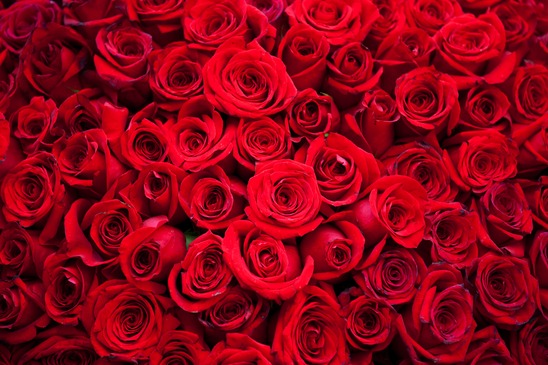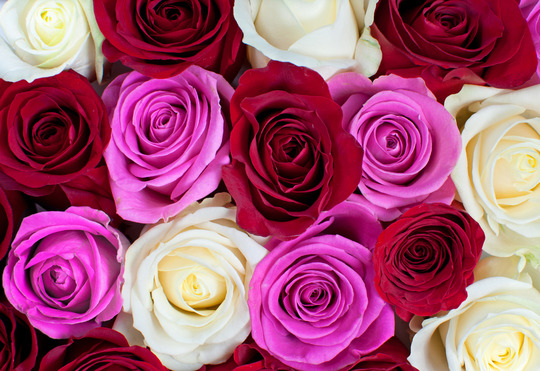Valentine’s Day: Choosing the Right Rose
With Valentine’s Day fast approaching, besotted lovers across the land will be in search of ways to express their fondness for one another. Such people often find themselves returning to the classic methods – and there are few better than the time-honoured one of presenting a red rose – or, if you’re feeling especially indulgent, with a large bunch of them. There are of course lots of other gifts you can give your loved one - we have quite a selection - but for some it starts and ends with flowers.

But, when you think about it, this is quite a bizarre, roundabout way to express love. Roses, to be sure, are very pretty things – and it’s certainly nice to be given something pretty. But there are plenty of other pretty flowers in the world. So how did roses achieve their status as the flower-of-choice for the enamoured? Let’s see if we can find out!
Symbolism
The red rose has long been a symbol of romance. From Shakespeare to Robert Burns, wordsmiths looking to express their ideas about love have turned to roses. But the association between the flower and romantic love extends back much further than that. The ancient Egyptians associated it with Isis, while the Romans and Greeks did so with Venus and Aphrodite respectively. The ancient Romans used to place a wild rose on any door where privacy was called for - as a sort of early precursor to the ‘do not disturb’ sign employed in modern hotels.
In art, it’s also cropped up time and again alongside scenes of romantic love – and they’re popular subjects for still-life artists like Pierre-Joseph Redouté, whose work in botany helped him to get the flower just right.
Perhaps one reason for this flower’s popularity with wordsmiths is its handy double meaning. It’s pretty and fragrant, but it’s also covered in thorns, which will hurt you if you’re not careful. It’s easy to see how this might be analogous to romantic love, which is clearly pleasant to begin with, but which can become rapidly unpleasant if handled improperly.
The rose also has symbolic power for religious reasons. The five petals of a red rose were, in medieval Europe, held as emblematic of the five wounds suffered by Christ during the crucifixion (these being two in the wrists, two in the feet and the lance-wound in his side). The flower has also proven a popular source of inspiration of Persian poets – thanks largely to its abundance in what is now modern-day Iran.
The rose also has huge significance in British history – a white rose and a red rose respectively represented the warring houses of York and Lancaster, who fought for control of the country in the so-called ‘war of the roses’. Afterwards, the two symbols were unified in the Tudor rose, which features white interior petals and red external ones. The rose remains an English national emblem, and is worn by England rugby players.
Colours

Roses come in many different colours, and each of these colours is said to convey a slightly different meaning. A white rose, for example, is said to represent purity and chastity. A black one, on the other hand, is said to represent death and morbidity. Yellow is for friendship – so you can present it to someone you’ve recently broken up with, just to show that there aren’t any hard feelings. Of course, the red variety is the one which is evocative of passion and romance, and so it’s the go-to for most romantics – though it’s sometimes nice to break from tradition.
Etiquette
Naturally, tradition also demands that the man be the one doing the presenting, and the woman be the grateful recipient. With a few exceptions, this arrangement has managed to withstand widespread feminisation in other areas of society – even though modern-day women are more likely to approach men that their ancestors, they’re unlikely to do so with a red rose on Valentine’s Day. Of course, this etiquette is not particularly instructive for homosexual couples, who are blissfully unconstrained by Valentine’s Day convention.
One could easily write an entire book on how all of this came to be – but what’s important is that it’s mostly the man’s job to buy flowers. Polling data carried out by Luth Research indicates that around 75% of men have given their significant others flowers for the past two years, and that 90% have done so out of love (with the remaining 10% presumably doing so out of guilt, or some other, more nefarious, motive) . Of these, the rose is by far the most popular flower – which just goes to show that this is one tradition which will be with us for a while yet!
